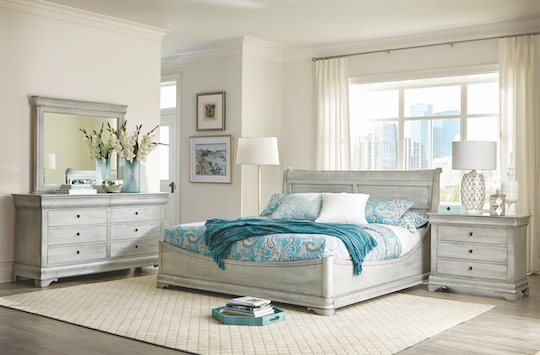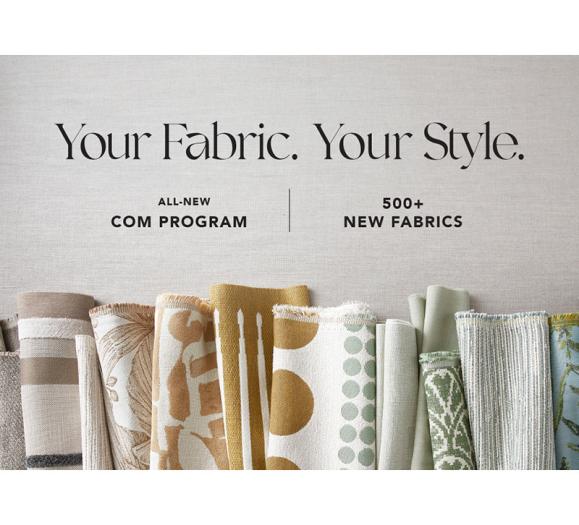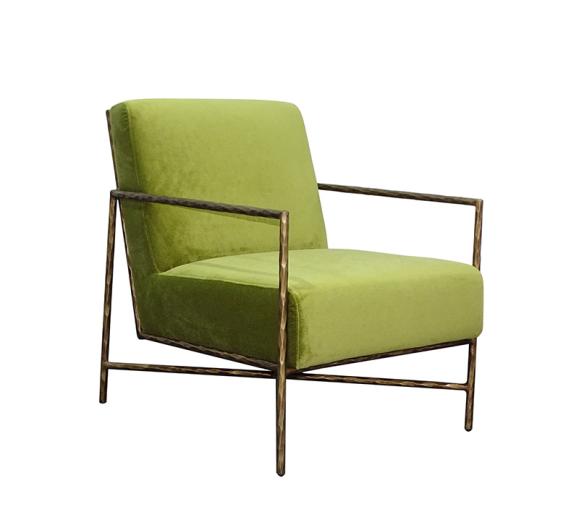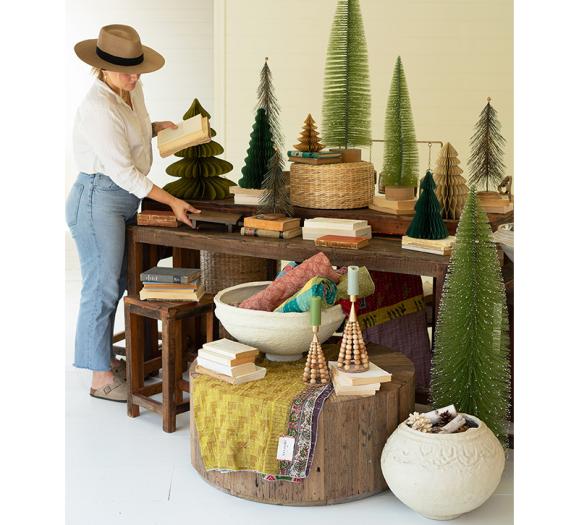Today’s retail landscape features an abundance of affordable online and in-store options for home furnishings, but the luxury consumer is still out there, ready to be catered to. Designers and consumers in the market for home furnishings generally are seeking beautiful pieces that complement their particular styles and budgets, and when that budget is higher, luxury manufacturers can capitalize.
“Luxury furniture seems to be an ever-evolving target,” says Luke Simpson, President and CEO of Durham Furniture. “Where it perhaps once had to do only with a designer or company name, we believe more and more that consumers are seeing luxury furniture as having several key characteristics — quality of build (and durability), overall buying experience from the retailer, sustainability and eco-friendliness of the manufacturer and manufacturing process, and overall options in the furniture itself. At the same time, luxury furniture doesn’t necessarily come with an ‘over-the-top’ price tag. Consumers are demanding value for their money at a mid-to-high-end price point.”
At higher price points, customers can purchase quality furnishings that last longer and are customized precisely to fit their needs.
“What is luxury for one person may be very different from what is luxury to somebody else,” says Bob Silva, Director of Marketing and Purchasing for Noir. “As such, we design and manufacture each item by recognizing and bringing out the distinct qualities that make it luxurious.”

Finding the Customer
It’s important for any manufacturer to identify their ideal end user, but for many luxury brands, this consumer is difficult to define on demographics alone. While the target high-end consumer used to be Baby Boomers, Millennial incomes are growing, giving this generation more purchasing power and more influence in this market.
Some brands, like Theodore Alexander, have targeted product collections aimed at specific luxury consumers.
“We have brands at Theodore Alexander that target a range of demographics,” says Neill Robinson, President of Theodore Alexander. “TA Studio is designed for the emerging affluent Millennial, while Theodore Alexander is more for the consumer moving into their dream home. We tend to interact with these consumers when their purchasing power and disposable income are at their highest.”
Location also plays a role in determining who will spend money on luxury decor or design services.
“The typical Nathan Anthony end user is living in major metropolitan areas with disposable income,” says Tina Nicole, Co-founder and Lead Designer for Nathan Anthony. “They may own more than one home. We also have a suburban audience who want to express their personalities in their home decor, and who want distinctive furnishings. They will purchase what they love and are not necessarily price-driven.”
To target these luxury consumers, the brands often go where the audience is, whether that audience is interior designers, retailers or end users. Often this involves integrated marketing campaigns that present a consistent message to the brand’s target audience across a variety of platforms. Successfully associating a brand with the “luxury” label means a streamlined, cohesive marketing approach.
“We have national ad campaigns running in top shelter magazines that create unexpected aspirational moments,” Robinson says. “These ‘moments’ are reinforced by social media campaigns, website content, trade showroom displays and Theodore Alexander-branded retail galleries. The look and feel of these campaigns are tailored to evoke a sense of luxury: everything from the scale of the furniture and the rooms to the models, as well as the activity in the scene. We further enforce the idea of true luxury through our heritage of quality, fine furniture construction and design on our branded social media accounts and website.”
RELATED: Designers Share How They Define Luxury
Committing to Quality
Higher prices are typically associated with luxury furnishings, but often the adage, “You get what you pay for,” applies. These premium price points ensure high-end consumers are getting the quality, craftsmanship and customization they are looking for.
“We have not, nor will we sacrifice quality in the build of our product, using only the highest-quality lumber and finishing processes, and working with skilled tradespeople with many years’ of experience,” says Simpson of Durham’s manufacturing process. “We continue to train internally to ensure our product and processes are of the highest quality.”
Customization is critical for attracting and retaining the high-end consumer, according to Nicole, so it’s critical to work with interior design clients and other customers to provide custom upholstery and finishes to meet every project’s needs.
“It’s a luxury to be able to surround yourself with beauty, comfort and singular objects that speak to your individuality,” Nicole says. “We equate singularity with good and interesting designs.”
Higher prices also allow manufacturers to offer more handmade pieces with high-quality materials. When customers know brands have invested in quality materials and craftsmanship, they can feel good about investing in pieces that will stand up to the test of time.
Ultimately, the luxury consumer wants what every consumer wants: attractive furnishings that fit their budget and complement their style and personality.
“End users are savvy,” Silva says. “They are always looking for something fun and different. Noir meets those needs by continuing to make new and interesting product that we, ourselves, find to be fun and interesting. If we love what we make, there is a customer out there that will love it as well.”







